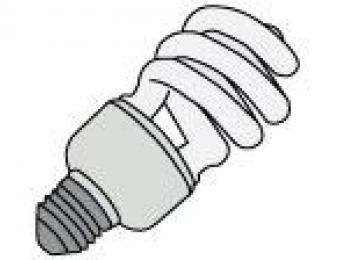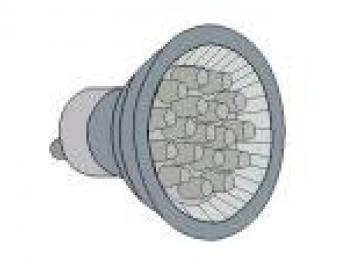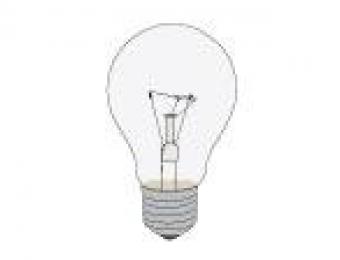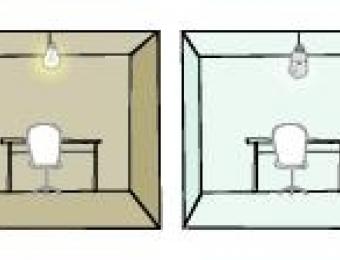Every type of light bulb has a different average rated life. In general, incandescent bulbs have a shorter lifespan than CFLs, while LEDs will typically outlast both of them.
- Incandescent globes, on average, last between 700 to 1,000 hours.
- Halogen globes can last up to two or three times that amount, depending on the quality of the globe.
- Compact fluorescent lamps (CFLs) last considerably longer, with an average lifespan of between 6,000 and 15,000 hours.
- LEDs will typically outlast everything else by quite a big margin, with an average lifespan of between 50,000 and 60,000 hours.
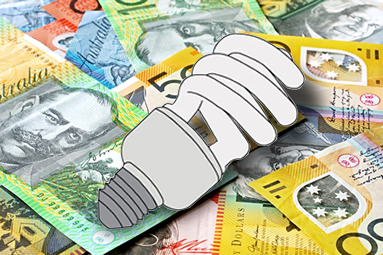
The light bulbs that last longer also tend to require less energy to operate, which means, per month, you’ll be paying less on your power bills. For example, the average rated life of a 60W incandescent bulb is between 750 and 1,000 hours, while CFLs can last up to ten times longer than this and consume about a third of the electricity. LEDs are vastly more efficient, again, and last considerably longer (although their output depreciates, rather than actually dying altogether). The down side to this, of course, is that the cost of these lights increases significantly with energy efficiency and rated lifespan.
Running cost vs. purchase cost – are expensive globes worth it?
As a rule, the more you save on energy consumption and replacement bulbs, the more you have to pay for the globe to begin with. LED globes are more expensive than their CFL counterparts. Generally speaking though, the longer-lasting and more energy efficient globes will end up being more economical in the long run. With electricity prices set to rise dramatically in the near future, super-efficient LED globes will become the clear choice.
Average rated life
In Australia, manufacturers are required to show this as the 'average rated life’, which is the industry standard rating system, and which shows the average number of hours that a given type of bulb produced light during testing. For halogens and CFLs this represents the amount of time until they stop working. For LEDs, this time is the point at which light output from the globe is 70% of its original rated value - this lifespan measurement is referred to as a light bulb's L70 rating.
